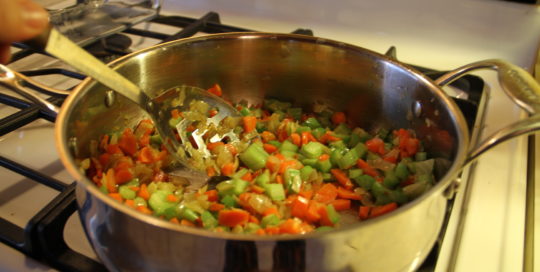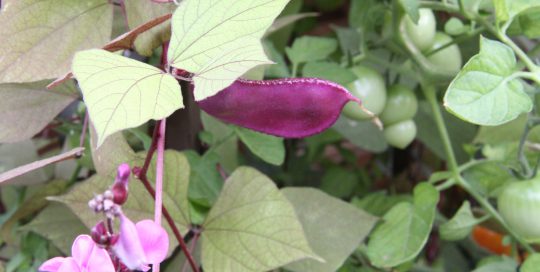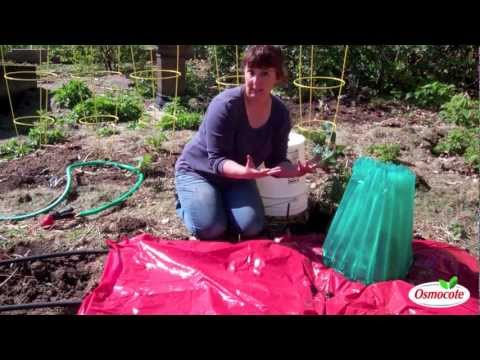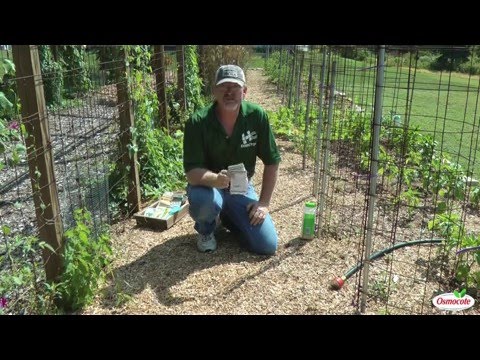By early August, we’ve picked plenty of summer squash–from the dark green and striped zucchinis to straight yellow, crookneck and patty pan squash. While most of the harvest ends up on our kitchen counter for use in soups, stews, casseroles and in breads, there’s always plenty left over for family and friends. All varieties of summer squash are tasty, but I like zucchini for its versatility–it can be stir-fried, baked, steamed, braised, grated or sautéed. We often eat it fresh off the vine, sliced thin for a salad, or cut into cubes for an appetizer with a creamy dill dip. Two healthy plants can provide as many as 40 or more fruits.
Growing Conditions
Summer squash will grow in ordinary garden soil, but it does best in full sun in a spot that’s rich in humus–the organic component of soil made up of decomposed leaves and other plant materials. We begin sowing seeds directly in the garden in late spring after the last frost date, which is typically May 15 in the Chicago area. Squash seeds rot in cool, wet soil in spring so we wait until the soil temperature is at least 62 degrees F. (You can check your zone at the U.S. Department of Agriculture’s web site.)
I plant a succession of seeds every two weeks or so through early summer until about mid-August. That will give me just enough time to harvest a few more squash before we get a fall frost. Bush-type squash plants need about nine square feet of room while vining types will need a bit more than that.
Although squash plants can withstand a little drought, they perform better and produce more fruits with moderate and consistent watering, especially when rain is scarce. And, drought-stressed plants are more susceptible to insects and disease, so we give all of our vegetables a good watering at least once a week in dry, hot weather.
Blossoms
Squash produce both male and female flowers. Male flowers have thin long stems and typically appear before the female flowers open. The female flowers have thick short stems and a slight swelling at the base where the fruit develops after pollination. A lack of squash could be due to improper pollination. Rain deters bees from moving from male to female flowers. When that happens, you can use a small paintbrush and touch the pollen in the male flower and brush it on the inside of the female flower. If this sounds like a lot of work, have a squash pollinating party!










